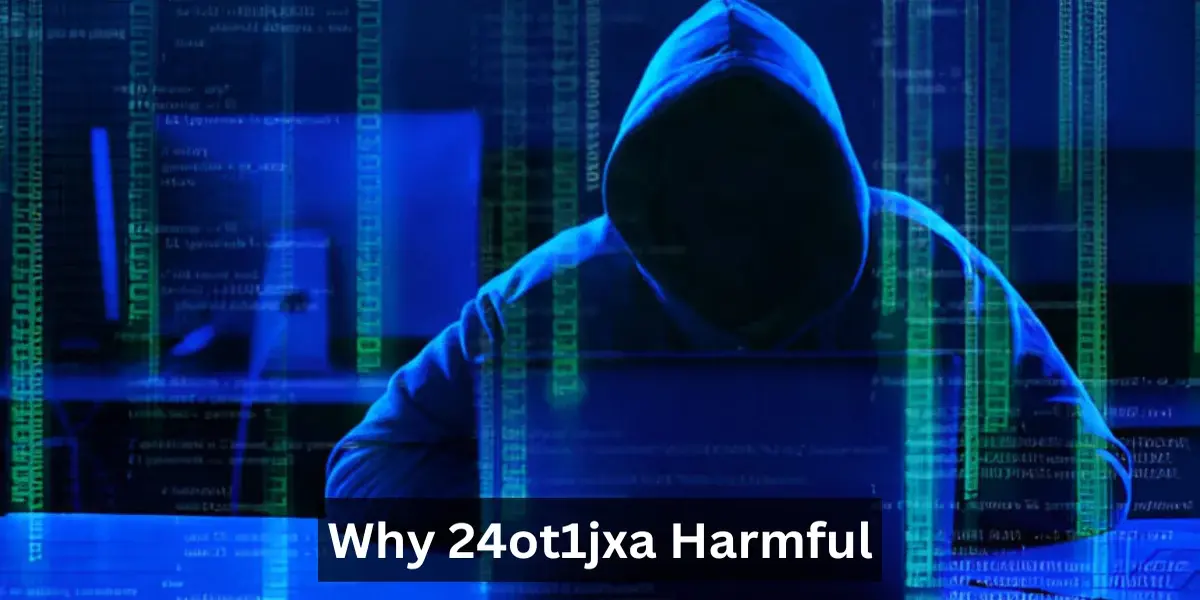The Jacob Cain mugshot from Gainesville, GA, has captured significant public attention, sparking widespread curiosity and discussion about the circumstances leading to his arrest. In recent years, mugshots have become a central part of the public’s access to criminal cases, often playing a significant role in shaping opinions about the accused before a trial even begins. Cain’s mugshot became a widely shared image on social media and news platforms, fueling both local and national interest in his case. This article delves into the details surrounding the arrest of Jacob Cain, the legal process he faced, the public’s response, and the broader implications of his mugshot on public perception. We will also examine the crime trends in Gainesville, GA, to understand the larger context in which this case occurred.
The Arrest of Jacob Cain and Its Immediate Aftermath
Jacob Cain’s arrest and the release of his mugshot became a topic of much controversy in Gainesville, GA. The arrest was tied to allegations of criminal behavior that allegedly involved resisting law enforcement and other possible charges. While specifics surrounding the incident remain somewhat unclear due to ongoing legal proceedings, Cain’s arrest was marked by a tense altercation between him and the authorities. Following the arrest, his mugshot quickly circulated on social media and local news outlets, sparking debates about the severity of his actions and the appropriate response from law enforcement.
What makes this case particularly significant is not just the arrest itself, but the public’s quick response to the mugshot. In today’s digital age, mugshots often spread rapidly across social media platforms, and the way they are perceived can heavily influence public opinion. Many individuals immediately began to form opinions based on the visual impression created by the mugshot, with some questioning the fairness of the arrest and others criticizing the defendant’s apparent resistance to authority. This immediate reaction highlights the power of visual media and the impact it can have on shaping narratives, even before any legal judgment is made.
The Legal Process Following the Arrest
Following Jacob Cain’s arrest in Gainesville, GA, the legal process began with formal charges being brought against him. The criminal justice system in Georgia involves several key steps following an arrest, and Cain’s case was no exception. After his arrest, he was formally arraigned in court, where the specific charges against him were presented. These charges, which included resisting arrest, created an atmosphere of heightened public interest in the case. In addition to resisting arrest, other potential charges related to Cain’s behavior were also under consideration.
The legal process involves several stages, including pre-trial hearings and possibly a trial, depending on the nature of the charges. For Jacob Cain, these stages were critical in determining the future course of his case. Pre-trial hearings would include arguments from both the prosecution and defense, as each side presents evidence and attempts to prove their claims. With the public closely following the case, it is not only important for Cain’s defense team to present their arguments but also for the prosecution to build a case that justifies the charges. The eventual trial, if it happens, will play a crucial role in determining Cain’s guilt or innocence.
How the Mugshot Affected Public Opinion
The release of Jacob Cain’s mugshot played a pivotal role in shaping public opinion about his case. Mugshots often serve as the first glimpse of an individual after an arrest, and they are commonly shared through various media channels. However, the reaction to these images is often influenced by factors such as media portrayal, the nature of the crime, and the public’s existing views on law enforcement.
In the case of Jacob Cain, his mugshot became a point of contention. For some members of the public, the image was seen as evidence of a man who resisted authority, which led to the escalation of the situation. This perception fueled criticism of Cain’s behavior and his interaction with law enforcement. On the other hand, others viewed the release of the mugshot as an unfair depiction, arguing that Cain may have been subjected to undue force or that the case against him was exaggerated. The rapid spread of the mugshot on social media allowed for different interpretations, which further fueled division in public opinion.
The phenomenon of people forming opinions based on a single image underscores the broader issue of how media influences the public’s view of criminal justice. In many ways, the release of mugshots has become a tool that can shape public perception even before any evidence is presented in a court of law. In this case, Jacob Cain’s mugshot became both a symbol of controversy and a focal point for broader discussions about fairness, law enforcement, and media influence.
Crime and Law Enforcement in Gainesville, GA
To understand the context of Jacob Cain’s arrest, it is important to look at the overall crime trends in Gainesville, GA. Gainesville is a city in Hall County, Georgia, known for its picturesque setting and relatively low crime rates when compared to larger cities. However, like many other areas in the country, Gainesville has experienced fluctuating crime rates in recent years. Property crimes, drug-related offenses, and violent crimes have seen increases in certain parts of the city, which has led to growing concerns among local residents.
The local law enforcement agencies in Gainesville have responded to these trends by implementing various programs aimed at increasing safety and reducing crime. These programs focus on everything from community policing to criminal investigations, and they often involve collaboration with neighboring counties. Despite the challenges posed by rising crime in certain areas, Gainesville is generally considered a safe community, especially compared to larger urban centers in Georgia.
Jacob Cain’s arrest occurred within this context, where law enforcement is constantly dealing with criminal issues, but is also subject to the pressures of public scrutiny. His case, which garnered significant attention, raised important questions about how law enforcement handles high-profile arrests and the public’s expectations of justice. The incident highlighted the difficulties faced by local authorities in balancing effective policing with maintaining public trust.
Broader Implications of the Case
Jacob Cain’s arrest and the subsequent media attention surrounding his mugshot raise important questions about the intersection of law enforcement, media, and public opinion. In many ways, his case reflects broader societal issues, such as the role of social media in shaping perceptions of criminal justice, the impact of mugshots on an individual’s reputation, and the potential biases that influence the way people view law enforcement actions.
The case also underscores the need for transparency and fairness in the criminal justice system. As more and more criminal cases gain media attention, there is an increasing need for legal procedures to be conducted in a way that ensures due process for all parties involved. In Cain’s case, the rapid spread of his mugshot highlighted the pressure on both law enforcement and the legal system to handle cases with sensitivity, especially when they become public spectacles.
The public’s response to Cain’s arrest further exemplifies the complexities of modern-day justice. While some individuals were quick to judge Cain based on his mugshot, others argued that the incident should be viewed with a greater degree of skepticism until all the facts came to light. This highlights the importance of a fair trial and the presumption of innocence, especially when the legal process is still unfolding.
More Read: https://trustwiki.com/category/blog/
Conclusion
Jacob Cain’s mugshot from Gainesville, GA, will undoubtedly remain a symbol of the controversy surrounding his arrest and the broader issues of criminal justice in America. As his case continues to unfold, it serves as a reminder of the powerful impact that visual media can have on public opinion, even before a trial takes place. The rapid spread of Cain’s mugshot across social media platforms highlights the evolving role of the media in shaping narratives about crime and justice.
Furthermore, the case has broader implications for law enforcement, the legal system, and public perception. As the case progresses, it will likely continue to raise important questions about the fairness of the charges, the appropriateness of law enforcement tactics, and the way criminal justice is handled in small towns like Gainesville, GA. The story of Jacob Cain is far from over, and its impact will be felt long after the legal proceedings have concluded.
FAQs:
Why did Jacob Cain’s mugshot become so widely shared?
Jacob Cain’s mugshot gained attention because it quickly spread on social media, and people began to form opinions about his case before any formal legal judgment was made. The image sparked discussions about the fairness of his arrest and law enforcement tactics.
What are the common charges associated with resisting arrest in Georgia?
In Georgia, charges related to resisting arrest can vary, but they typically include obstruction of justice, resisting a law enforcement officer, or failure to comply with a lawful order. These charges can result in fines, probation, or imprisonment, depending on the severity of the incident.
How does public opinion affect criminal cases?
Public opinion, especially through social media, can influence how a case is perceived even before the trial. In some cases, public scrutiny can pressure law enforcement and the legal system, which can affect the outcome of the case. It’s important for all defendants to be afforded a fair trial free from media bias.
Visit for more, Truswiki











